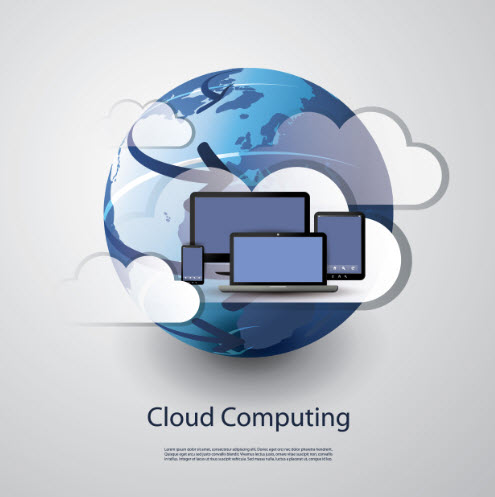
Making the move from the conventional and more common LAN/WAN networking infrastructure to cloud computing can be a big move for your business. But, although you will definitely gain some major advantages from it, making mistakes during the move or after implementation could cost you dearly.
Below, we will see some of the most common (and expensive) mistakes businesses make while adopting cloud computing.
Believing the Cloud is the Ultimate Solution
Before we even look into the mistakes that follow a move to the cloud, you should know that the move itself might not even be required. Not every business necessarily needs to make the move immediately; they can hold on for a while longer without any harm befalling their profits.
The best way to see if your business is running at optimal mode is the do a study on how your current IT setup is performing, whether the cloud will enable any major increase in production and profits (by cutting costs, for example) and if the investment in the move is worth it at all.
If there isn’t a significant increase in production and profits, then you can probably wait a little longer before you make the move.
Short-Term Plans
Aiming for the near future alone could help get any new project up and running real fast. But if you want to have it perform soundly for well into the long run, you will need to set long-term goals.
In a bid to make the move to the cloud in as short a time as possible, businesses only implement a short-term cloud strategy. While, it does serve their purpose for now, their future capabilities are severely limited. Adapting to new technology and scaling up to accommodate more computing power could be negatively affected when the time comes to grow again.
Paying more than you Really Should
There are data hosting companies out there that offer cloud computing capabilities any Fortune 500 company would be proud of. Of course, they will make you pay for that privilege through the nose. Just because something is expensive though, doesn’t mean it is the best on the market.
Don’t forget that there are some well-established and well-known businesses that use cheap but reliable cloud computing service providers. Do some serious research and try to find hosting providers that offer exactly (or more) what you need and come with an affordable price.
Not Having your Employees On Board
While you may be the owner or major-decision maker of your business, it is your employees who will ultimately have to use the new cloud technology. They are the ones that will be at the fore and using it to do their everyday tasks. If you don’t have them on the same page as you are on, they might resent you for forcing them to undergo changes in procedures.
You should have your employees participate in the project from the planning to the implementation and utilization stages of your cloud project. They should be aware that the cloud isn’t simply about moving data from your local servers to ones that are hosted outside the premises. In case you have new applications coming in with the move, make sure you train your staff well and until they are comfortable with using them.
This will cut down on errors and data loss, something that could cost you very dearly.
Mirroring your Present Data and IT Infrastructure in the Cloud
Let’s admit it, if you are making the move to the cloud, it means you already believe that your current data storage and/or infrastructure need some improvement. If you try to replicate the current practices and simply move your data to the cloud, you really aren’t doing a lot more than virtualizing your servers (storage) and networking (communication).
Adopt the cloud’s way of doing things first and then try to fit in your data into its structure. Try to bring your business and its processes into the cloud computing structure instead of trying to mold the cloud to fit your way of doing things.
If you need to do things in a new way, go for it. If you can do without some of the data you have stored, delete it instead of simply dumping it in the cloud.
Similarly, if there is a part of your infrastructure that is performing above and beyond its expectations, don’t get rid of it simply because you want new technology on your premises.
Not Revamping Security
Cloud security is a science in its own rights. Almost everything you knew about LAN and WAN security will be replaced with new terms, policies and technologies because in the cloud, you become a larger target and your enemies multiply.
Everyone from the temp data entry personnel to the boss at the top should be made aware of online security. You should learn or re-learn how to stay safe in the cloud environment.
Not Knowing Where Your Data Is Located
Cloud computing means your data is stored out “there” – it is up to you to know where that “there” is. Your data hosting provider should let you know where their servers are located, what rights you and they have when it comes to its ownership and what governing laws could overrule your ownership (say, for example if your servers are located in another country).
Always make sure you are the owner of your data – at all times. Otherwise, you could go into a lengthy legal wrangling that could end badly for you.
Good luck with your move to the cloud.



















